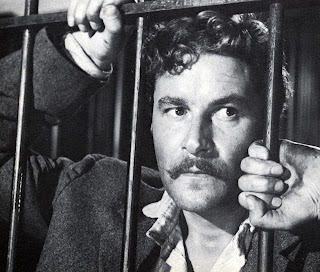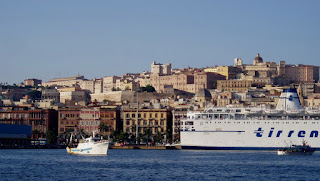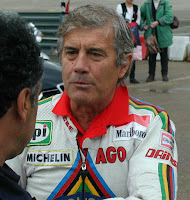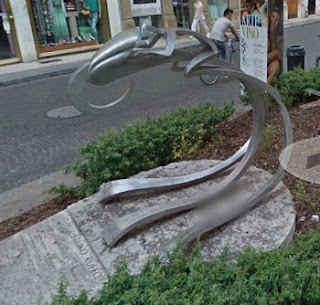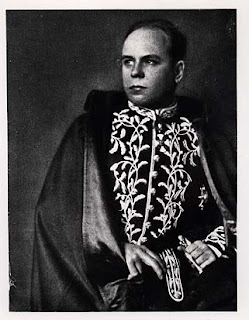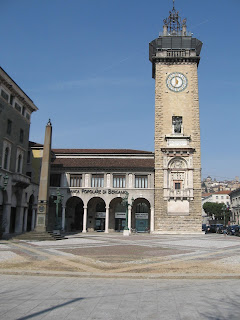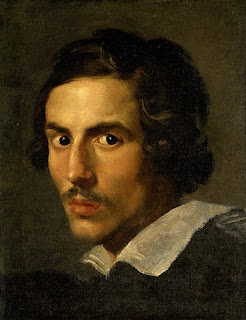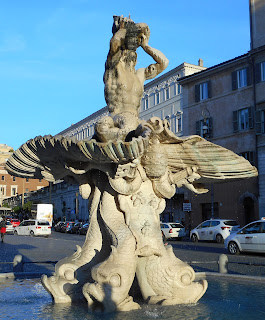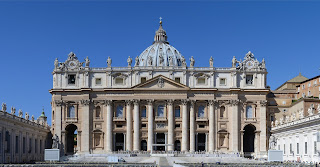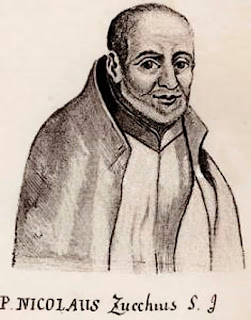Renaissance pope supported art but did not foresee the Reformation
 |
| Pope Leo X, with cardinals Giulio de' Medici and Luigi de Rossi, in a portrait by Raphael |
The second son of Lorenzo de' Medici - Lorenzo Il Magnifico - who ruled the Florentine Republic, Leo X has gone down in history as one of the leading Renaissance popes, who made Rome a cultural centre during his papacy.
He is also remembered for failing to take the Reformation seriously enough and for excommunicating Martin Luther.
Giovanni was always destined for a religious life and received a good education at his father’s court, where one of his tutors was the philosopher Pico della Mirandolo. Giovanni went on to study theology and canon law at the University of Pisa.
In 1492 he became a member of the Sacred College of Cardinals, but after his father died later that year, he returned to Florence to live with his older brother, Piero.
He was exiled from Florence in 1494 with the rest of his family, accused of betraying the Florentine republic, and spent the next six years travelling throughout northern Europe.
On his return to Italy in 1500 he settled in Rome and on the death of his brother, Piero, he became the head of the Medici family. Giovanni took part in the conclaves in 1503 that elected first Pope Pius III and then Pope Julius II.
Giovanni was named papal legate to Bologna and Romagna in 1511 and supervised the restoring of Medici control over Florence the following year. Although his younger brother, Giuliano, was in charge of the Florentine republic in name, it was really his older brother, Giovanni, the Cardinal, who ruled.
Giovanni was elected Pope on March 11, 1513 and took the title of Leo X.
He was ordained a priest on March 15 and consecrated Bishop of Rome before being crowned Pope.
Having spent his youth at the court of Lorenzo dè Medici, Leo X personified Renaissance ideals. He was lavish with both the church’s money and his own. Under his patronage, Rome became the cultural centre of Europe once again.
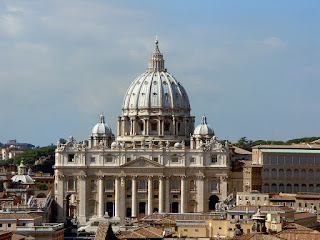 |
| St Peter's Basilica in Rome, as seen from the roof of Castel Sant'Angelo |
As ruler of the Papal States and head of the Medici family who ruled the Florentine republic, Pope Leo X gave offices and benefits to his family to strengthen still further his position.
In 1517, after an attempt had been made on his life, Leo X named 31 new Cardinals. A former Cardinal was strangled in prison and several other imprisoned and executed after being implicated in the attempted assassination.
The Pope also had to contend with the power of France from the north and Spain to the south in the struggle to control Italy.
To raise additional money for the reconstruction of St Peter’s Basilica, Leo X reaffirmed granting papal indulgences for the remission of sins to those who contributed.
 |
| Martin Luther, whom Leo X believed was a heretic |
Leo X believed Luther was a heretic whose teaching would leave some of the faithful astray, but that true religion would triumph.
Leo X died in Rome in December 1521 leaving behind political turmoil in Italy and religious turmoil in northern Europe. He did not take seriously the demand for church reforms that would later grow into the Protestant Reformation.
Travel tip:
The stunning Renaissance Basilica of St Peter’s in Rome was completed and consecrated in 1626, helped by the funding acquired by Pope Leo X. Believed to be the largest church in the world, Basilica Papale di San Pietro in Vaticano was built to replace the original fourth century Basilica that had been constructed on what was believed to be the burial site of St Peter. Bramante, Michelangelo and Bernini were among the many artistic geniuses who contributed to the design of the church, which is considered to be a masterpiece of Renaissance architecture. Located within Vatican City, the Basilica is approached along Via della Conciliazione and through the vast space of St Peter’s Square. It is believed that St Peter, one of the disciples of Jesus, was executed in Rome on October13, 64 AD during the reign of the Emperor Nero. He was buried close to the place of his martyrdom. The old St Peter’s Basilica was constructed over the burial site 300 years later. Archaeological research under the present day Basilica was carried out during the last century and Pope Pius XII announced the discovery of St Peter’s tomb in 1950.
 |
| The Sistine Hall of the Vatican Library |
The Vatican Library, inside the Vatican Palace, was built up by Pope Leo X during his papacy. It is one of the oldest libraries in the world but was formally established in 1475, the year Leo X was born. Today it is a research library for history, law, philosophy, science and theology and can be used by anyone who can document their qualifications and research needs. The Vatican Library contains a defence of the seven sacraments of the Catholic Church against Martin Luther, supposedly written, or at least signed by, Henry VIII, King of England. He added a couple of lines to the text in his own hand before presenting the book to Pope Leo X.
More reading:
How Pope Julius II came to commission Michelangelo
The consecration of St Peter's Basilica
Bernini and the fountains of Rome
Also on this day:
1912: The birth of film producer Carlo Ponti
Home


